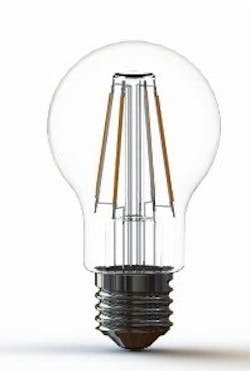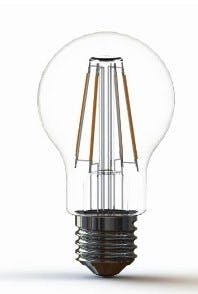LED filaments with MaGIC™ die
Plessey announced the launch of its range of LED filaments, manufactured with the company's MaGIC™ GaN-on-Silicon LEDs. The filaments are designed for the surging filament bulb market where these replacement lamps have far better performance, but still maintain the physical appearance of incandescent lamps.
The traditional tungsten incandescent light bulb has been phased out in favor of LED technology providing the most reliable and efficient lighting solutions. Plessey's Chip-On-Board LED filaments create the same amount of light, while consuming less energy and offering longer life and utilize its patented MaGIC™ GaN-on-Silicon technology.
The LED filaments are designed with unique terminations so that they can be handled and spot welded by existing high volume fully automated glass lamp manufacturing lines. In addition to that, Plessey has incorporated a bespoke approach to controlling the current and Vf of the filaments when the filaments are driven in a bridge configuration.
Plessey's PLF series of filaments come in a variety of lengths, light output and color temperatures (CCT) from very warm 2200K to 6500K.

